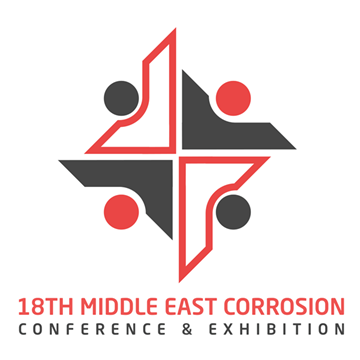Search
Online Conference Paper
View as
Sort by
Display
per page
Corrosion Characterization And Performance Evaluation Of Co-Cr Alloys By Laser Powder Bed Fusion And Suitability Of Their Use For Pressure Containing Down-Hole Wear Components
Product Number:
51322-17580-SG
Publication Date:
2022
$20.00
Corrosion Condition Assessment Program For Marine Asset Management
Product Number:
51322-17750-SG
Publication Date:
2022
$20.00
Corrosion Control and Integrity Management of Flare Gas Recovery Units
Product Number:
MECC23-20160-SG
Publication Date:
2023
$20.00
Corrosion Control In Water Injection Pipelines
Product Number:
51322-17692-SG
Publication Date:
2022
$20.00
Corrosion Control of Acid Flare Lines at Gas Treatment Facility
Product Number:
MPWT19-15242
Publication Date:
2019
$0.00
Corrosion Control of Pilings in Seawater: Buzzards Bay, Ma
Product Number:
51384-84345-SG
Publication Date:
1984
$20.00
Corrosion Data Management Using 3D Visualisation and a Digital Twin
Product Number:
51320-14535-SG
Publication Date:
2020
$20.00
Corrosion Deposits Data Base - X-Ray Diffraction Analysis of Deposits from Oil and Gas Upstream Well/Production Systems
Product Number:
51324-20831-SG
Publication Date:
2024
$40.00
Corrosion Failures of Stainless Steel Plate Exchangers in Oil Sands Pond Effluent Water
Product Number:
51324-20821-SG
Publication Date:
2024
$40.00
Corrosion Fatigue and Chloride-Induced Stress Corrosion Cracking in Sulfur Recovery Units
Product Number:
51324-20691-SG
Publication Date:
2024
$40.00
Corrosion Fatigue Of X80 Weld In Mild Sour Environment
Product Number:
51322-17778-SG
Publication Date:
2022
$20.00
Corrosion Fatigue Performance of Materials in Delayed Cokers and Coker Blowdown Piping System
Product Number:
51324-20618-SG
Publication Date:
2024
$40.00












